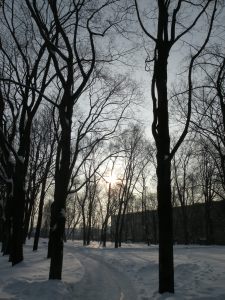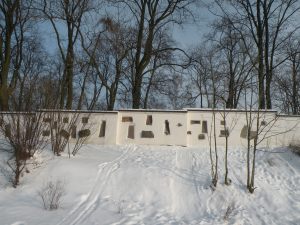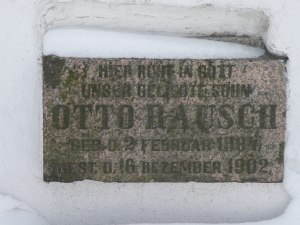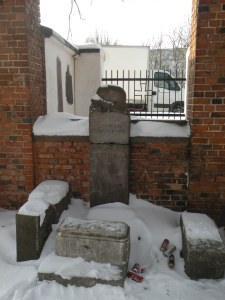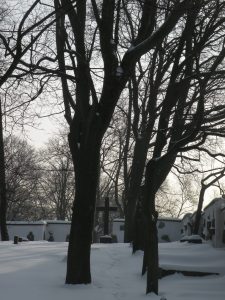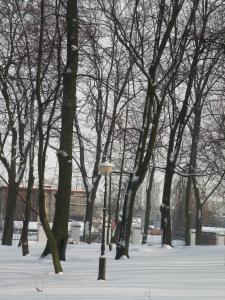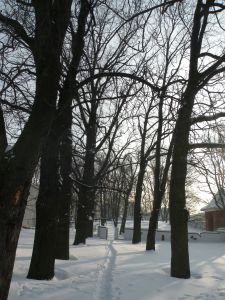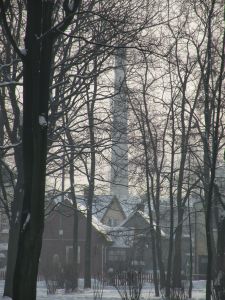Since the second half of the 18th century Bialystok (at present in northeastern Poland, then Polish-Lithuanian Commonwealth) got a multicultural town inhabited by Poles, Jews, Russians, Belarusians, Tatars and Germans as well. First Germans appeared here as officials of Prussian Government. As a result of Poland’s partitions (after the third partition which was held in 1795) Bialystok was taken over by Prussia. In the first half of the 19th century Germans appeared here in most cases as owners and highly qualified workers of textile factories. It was the time Bialystok when was even called – “Manchester of the North”.
German culture was thriving. As a natural consequence of that settlement evangelical church and cemetery were established. The pictures which are published below depict German cemetery which was set up in the second half of the 19th century in ditrict town called “Wygoda”.
After the Second World War, during the communist regime, on the part of the cemetary were built block of flats and was created park.
Mausoleum and quarter of German soldiers who fell during the First World War.
Some Germans living in Bialystok became assimilated into Polish culture, mainly in the interwar period. German traces still exist in the form of surnames of Bialystok’s inhabitants. On the part of the left former evangelical cemetary was created lapidarium. Unfortunately, the huge part of necropoly was destroyed irreversibly, as I mentioned above, during the communist times.
